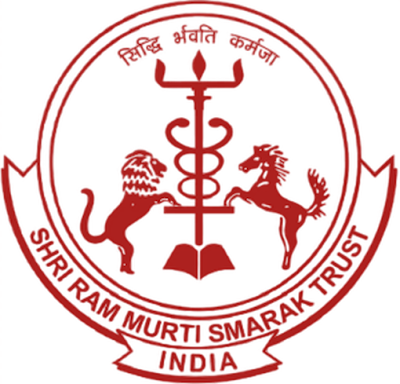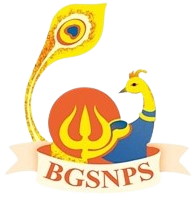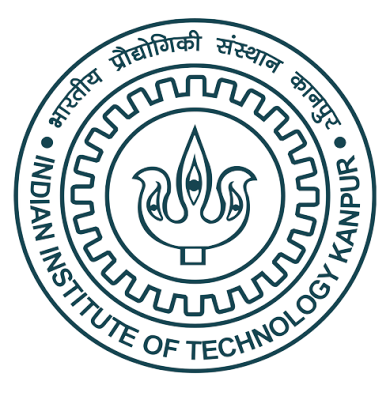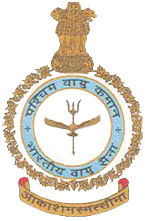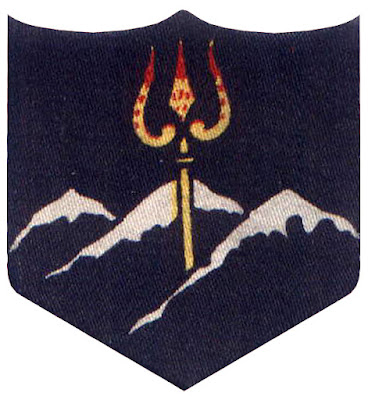GAUHATI UNIVERSITY

GAUHATI UNIVERSITY Gauhati University is one of the premier institutions of higher education in Northeast India was established on January 26, 1948. Great Sanskrit scholar, Indologist and philanthropist Krishna Kanta Handiqui was the founder Vice Chancellor of Gauhati University. The green and yellow circular emblem of the university standing on a pedestal has a trishul which embodies power and strength to ward off evil forces, which is also in the hands of Maa Kamakhya and the National Emblem. The dark green circular border bears the name of the name of the university.The motto in Sanskrit ‘विद्यया साधयेत’ meaning ‘Achievement through Learning by Knowledge’ is written on a yellow banner placed across the emblem. The emblem was designed by T. Mukherjee, a textile designer of Ahmedabad.

